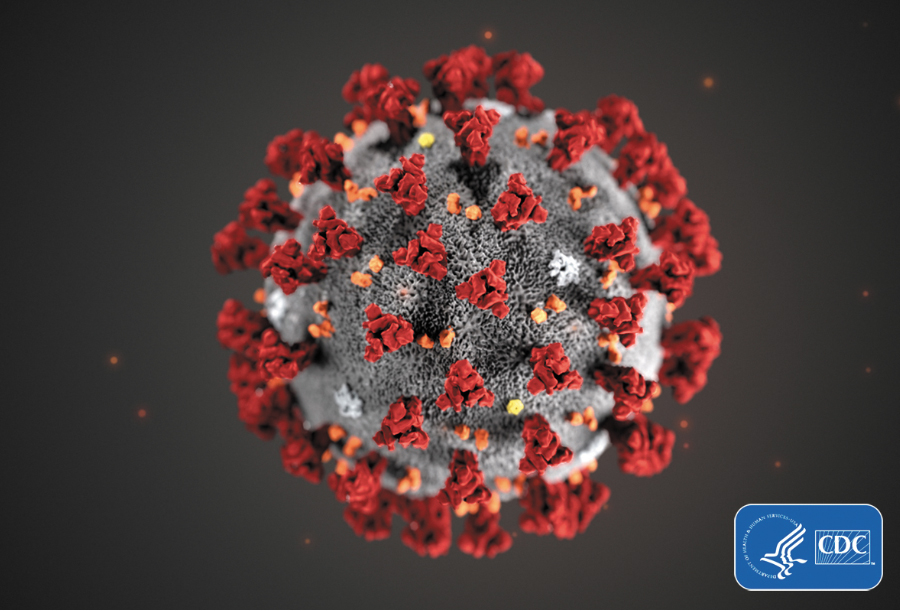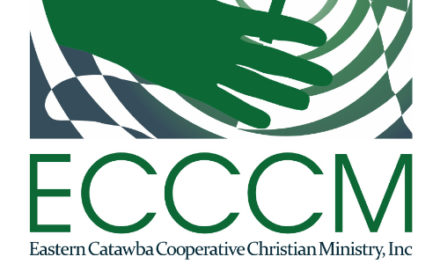By Jennifer McCracken, Health Director, Catawba County Public Health
Hickory – Last week, Governor Cooper announced a path forward for eventually easing certain COVID-19 restrictions while still protecting North Carolinians from a second wave of the virus. His path is a three-pronged approach that focuses on tracing, testing and trends.
Since tracing has already been a big part of our response to COVID-19, I thought it might be helpful to explain what this is and how it works.
Tracing, or contact tracing, involves rapidly identifying people who have come into close contact with individuals with confirmed cases of a communicable disease. We do this to learn if these contacts have also become sick or are at risk of spreading the disease to others. In these situations, we put protective actions in place with those contacts in order to prevent further spread. Because there are more than 80 communicable diseases that are reported to and investigated by local health departments, including COVID-19, contact tracing is a routine part of any communicable disease response we undertake at Public Health.
To put this in the context of COVID-10, I’d like to walk through how a COVID-19 case investigation unfolds and why contact tracing is such an important part of what we do.
When we receive a report of a new case of COVID-19, we immediately begin working to identify the cause, locate close contacts and isolate the disease. This investigation is led by a team of Public Health nurses who specialize in communicable disease treatment and prevention.
Our nurses begin by talking with the person who tested positive for COVID-19, either in person or over the phone, to gather information about their health status and ask questions about how they may have been exposed. To understand how they became sick, we are generally looking at the 14-day window before symptoms began. For many people with COVID-19, there is a direct link to other known cases. For others, the exposure is unknown. When the exposure cannot be determined, we consider the cause to be community spread.
We also confirm that the person is in isolation, which helps contain the illness and prevent its spread to others. As a precaution, people who are tested for COVID-19 must be isolated until their results are received. If they test positive, they must continue to isolate until at least three days (72 hours) have passed since resolution of fever without the use of fever-reducing medications; the patient has an improvement in respiratory symptoms (e.g., cough, shortness of breath); and at least seven days have passed since symptoms first appeared.
If the person is at home, they must self-isolate by remaining separated from contact with other people, including family members who live in the home. If they are in a hospital or other facility, we confirm that isolation precautions have been taken at the facility. None of these precautions are foreign to Public Health, hospitals or other medical facilities, as they are standard procedure for patients with respiratory illness.
The next step is to begin identifying other people who may be at risk of illness due to close contact with the person diagnosed with COVID-19. We ask the person about where they live, who else lives with them, where they work, where they have traveled and other questions to create a list of people who may have had close contact with the individual while they were contagious. A close contact is someone who was within approximately 6 feet of a person infected with COVID-19 for a prolonged period of time of 10 minutes or longer.
Once we have determined close contacts, we talk to them to assess their risk of exposure, check for symptoms and determine which, if any, additional protective measures may be needed. In the case of COVID-19, protective measures may include regular temperature and symptom checks, testing and/or quarantine or isolation. We work to complete contact tracing as quickly as possible in order to identify and prevent any further spread of COVID-19.
When something like COVID-19 occurs, Public Health also engages its Epidemiology Team, or Epi Team, to coordinate a broad response to disease containment and prevention. Members of this team represent a variety of disciplines, including Communicable Disease, Environmental Health, Preparedness, Public Health Laboratory, Community Outreach, and Emergency Management. Each staff member brings his or her expertise to the table as needed depending on the situation.
Right now, in addition to the ongoing work of our Communicable Disease nurses, our Environmental Health team is advising facilities on appropriate cleaning and sanitation guidelines. Our Emergency Management team is collaborating with community partners to address broader needs and ensure a coordinated response. Our Public Health Laboratory coordinator is advising local healthcare providers regarding testing procedures. Our Community Outreach staff are answering questions and providing information to the public and our partners. These are just a few of the ways our team is working to contain the spread of COVID-19.
Communicable disease containment and prevention are fundamental to the role Public Health plays in our community. Most of the time, our nurses are working one-on-one with newly diagnosed individuals and their close contacts to help contain communicable diseases that occur on a much smaller scale, like tuberculosis. When something like COVID-19 affects our community as a whole, we are prepared to respond due to the experience and training we maintain within our entire Public Health team.









